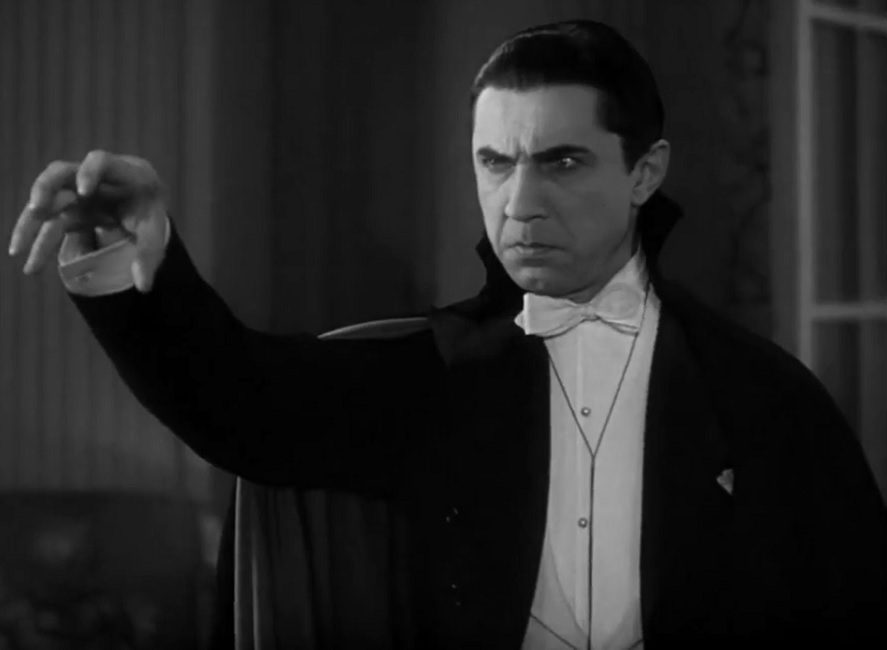Let the Record Show: A Legal Case with Teeth

Bela Lugosi’s iconic portrayal of a famous vampire in the 1931 film “Dracula” became central to a landmark legal battle over publicity rights that made its way to the California Supreme Court.
UC Law San Francisco students have long peered into the most remote, and sometimes scary, corners of the law, and over the years, Halloween horrors have provided a very real basis for legal examination.
For instance, a 1978 UC Hastings Law Journal article examined publicity rights through a case involving actor Bela Lugosi, who famously starred as Count Dracula in the 1931 film “Dracula.”
In 1978, 2L student Jon Eisenberg wrote an article titled “Lugosi v. Universal Pictures: Descent of the Right of Publicity” in the UC Hastings Law Journal. Bela Lugosi died in 1956, and his family sued Universal Pictures over the use of his identity on merchandise.
As Eisenberg wrote, the case, then before the California Supreme Court, “raised the question of whether a right of publicity should descend to heirs.”
He further proposed that “a reasonable durational limit on descent of the right of publicity can be drawn from an analogy to copyright law. Under the Copyright Act of 1976, the general duration of copyright protection has been extended to a term consisting of the author’s lifetime plus fifty years after his or her death.”
Lugosi’s heirs lost their descendent publicity rights when the court overturned the previous ruling. But the solution Eisenberg proposed became law in 1985, when California passed the Celebrities Rights Act and extended personality rights 50 years beyond their death. The period was extended to 70 years in 1999.
And just like Count Dracula in the movies, issues around celebrity publicity rights never seem to die. Lawmakers and courts are grappling with the use of performers’ digital likenesses generated by artificial intelligence.
Let the Record Show is an occasional series that showcases people, moments, and milestones from UC Law San Francisco’s past.